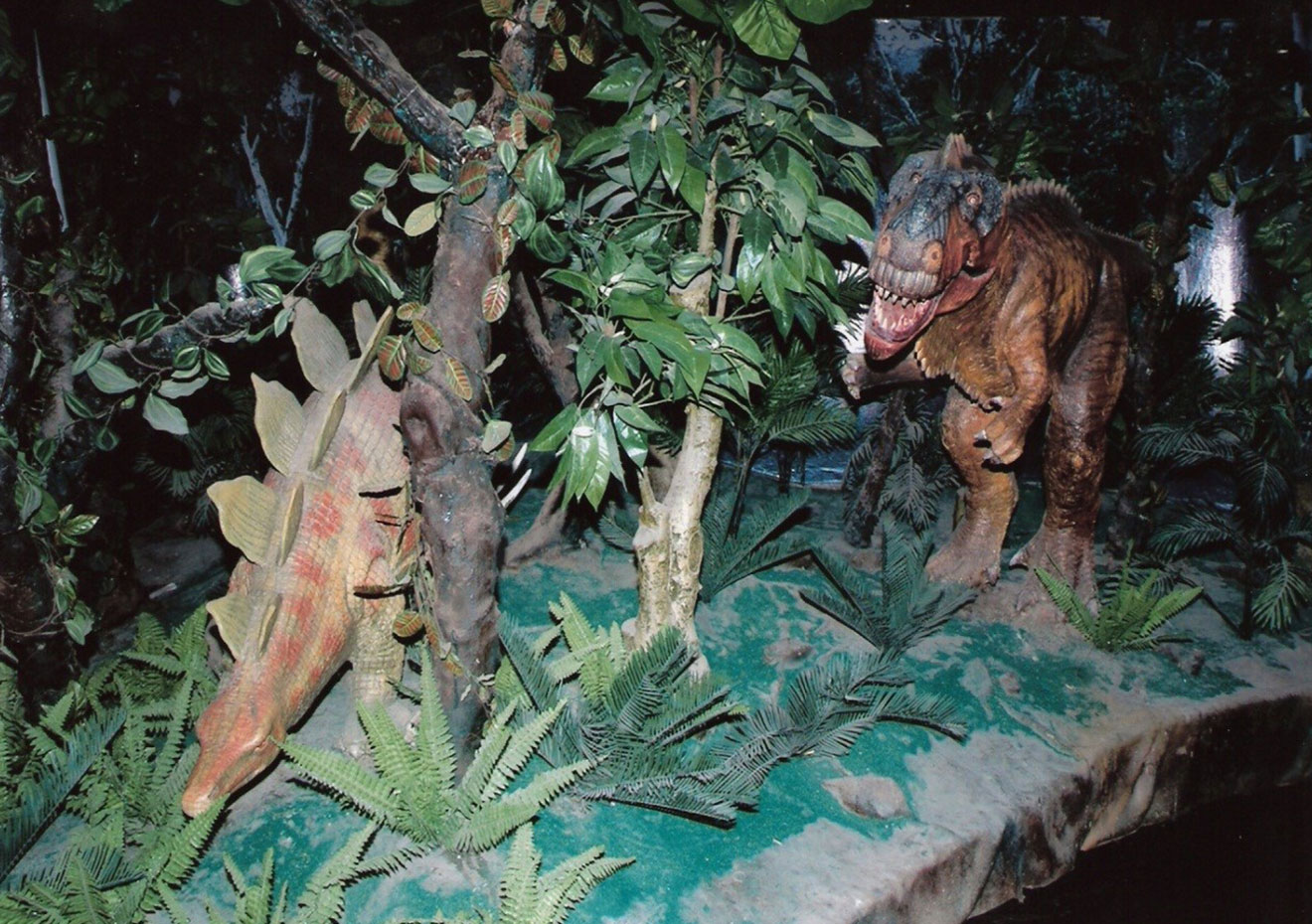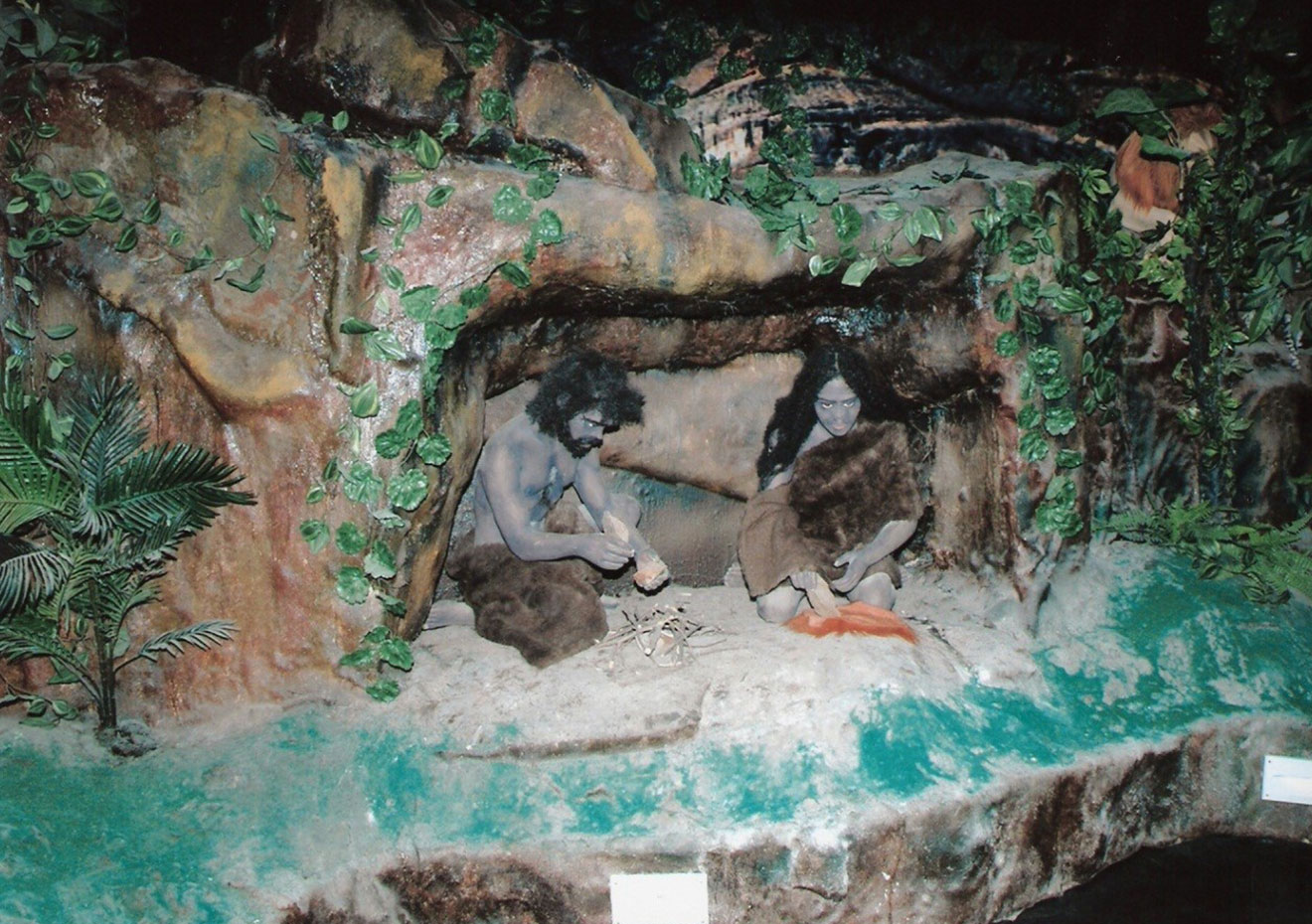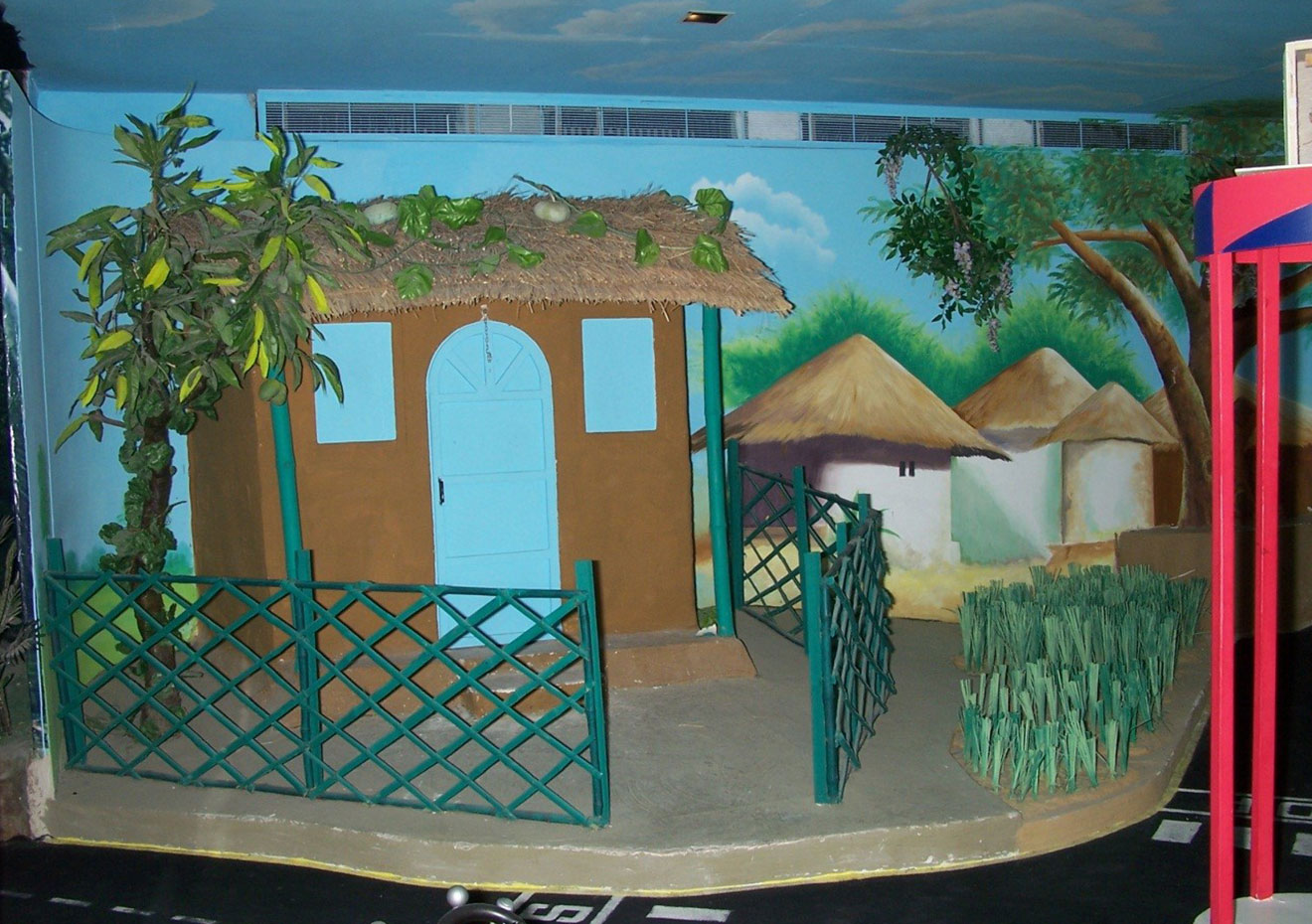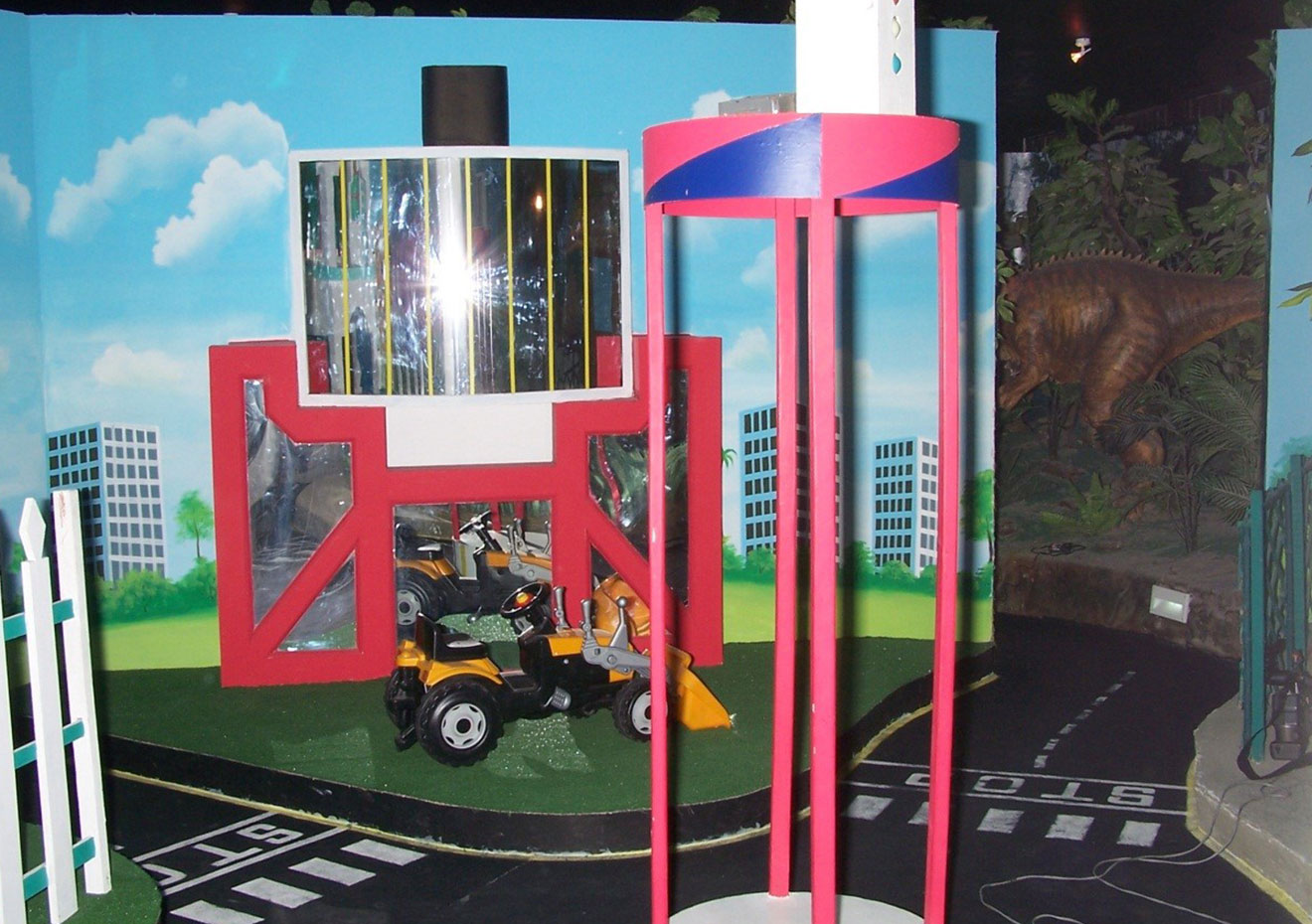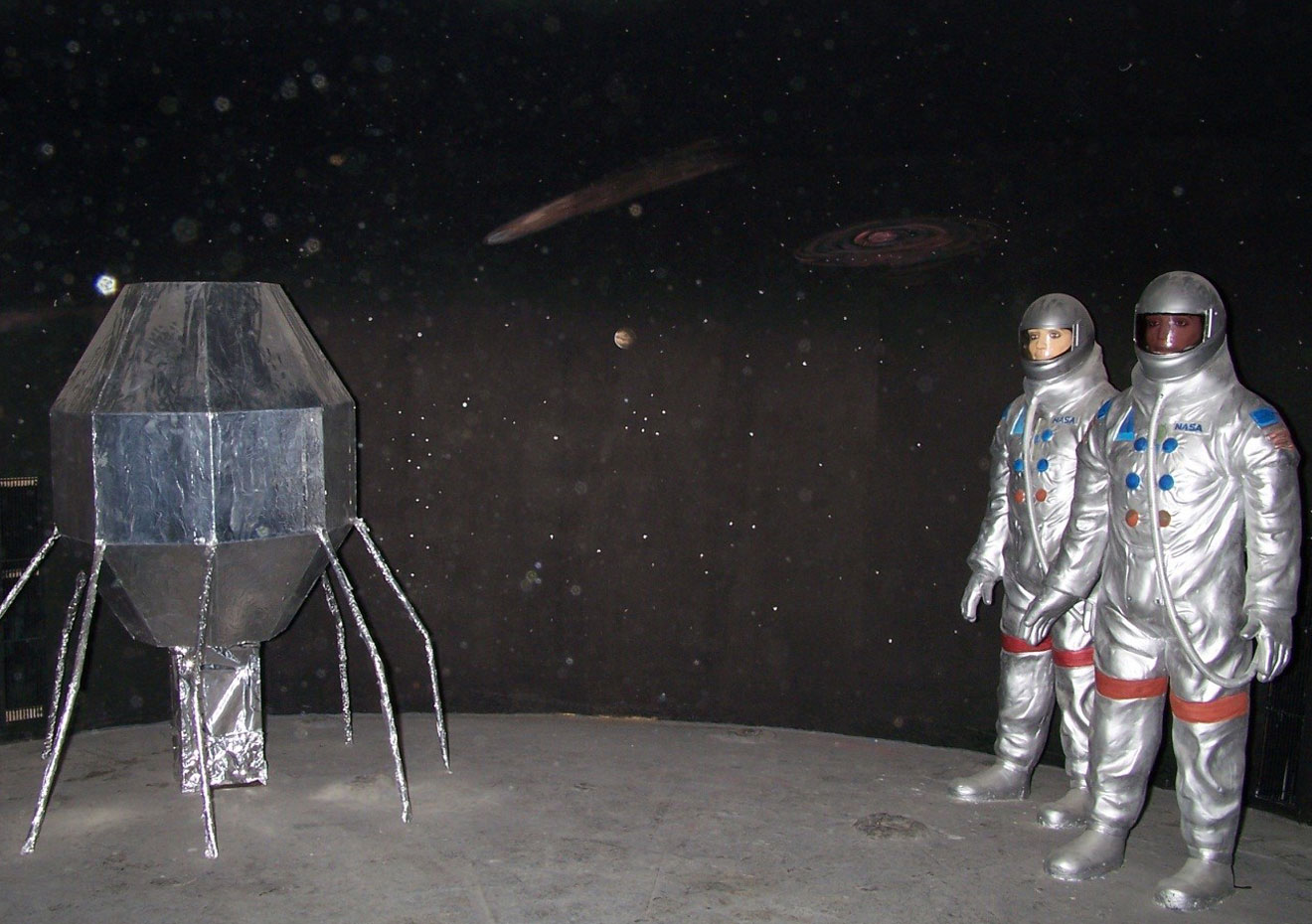Intelligence is often considered how well you score in tests or what your grades are in school. In the 1900's, French psychologist Alfred Binet tried to come up with some kind of measure that would predict the success or failure of children in the primary grades of schools. The result was the forerunner of the standard IQ test we use today. This gave us a dimension of mental ability by which we could compare everyone. In the 1980's, Harvard University psychologist, Howard Gardner had a pluralistic view of the mind, and recognized the many discrete facets of cognition. Gardner defines intelligences as the ability to solve problems or to fashion products that are valued in one or more cultural settings. (Gardner) He acknowledged that people have different cognitive strengths as well as different cognitive styles.
The first is cognitive. Out of this came Gardner's "theory of multiple intelligences." (Gardner).
When a child learns to play the piano, he is learning several skills. With the training he received in learning the piano skills, it helped enhance his mathematical skills, and vise versa! The standard IQ test measures how intelligent a person is based, traditionally, on Maths and English. All other areas that a person may excel is or have natural ability in are not taken into consideration. We need to remember that each individual is unique and each one has his own set of talents, gifts, and abilities.
Gardner in his theory of multiple intelligence has identified eight intelligences. These areas in a culture are valued as having the ability to solve a problem or create a product in a particular way. The intelligences are like talents and gifts in that there are many combinations possible amongst the eight of them.. Gardners' eight intelligences are:
Gardners' eight intelligences are:
- Linguistic intelligence ("word smart"):
- Logical-mathematical intelligence ("number/reasoning smart")
- Spatial intelligence ("picture smart")
- Bodily-Kinesthetic intelligence ("body smart")
- Musical intelligence ("music smart")
- Interpersonal intelligence ("people smart")
- Intrapersonal intelligence ("self smart")
- Naturalist intelligence ("nature smart")
In Suncity world school we have tried to create a world of Multiple Intelligence. It is our endeavor to place equal stress on individuals and their different gift of intelligences. We have tried to incorporate all the eight intelligences in different laboratories and have tried to provide eight different potential pathways to learning. The logical lab, the innovative/art &craft lab, the linguistic lab, lyrical/gayan and nritya lab and the spa block cover the mathematical and logical intelligence, spatial intelligence, verbal-linguistic intelligence, musical intelligence and bodily-kinesthetic intelligence respectively.
The rest of the intelligences are covered in the unique, first of its kind in the world “Multiple intelligences lab”.


